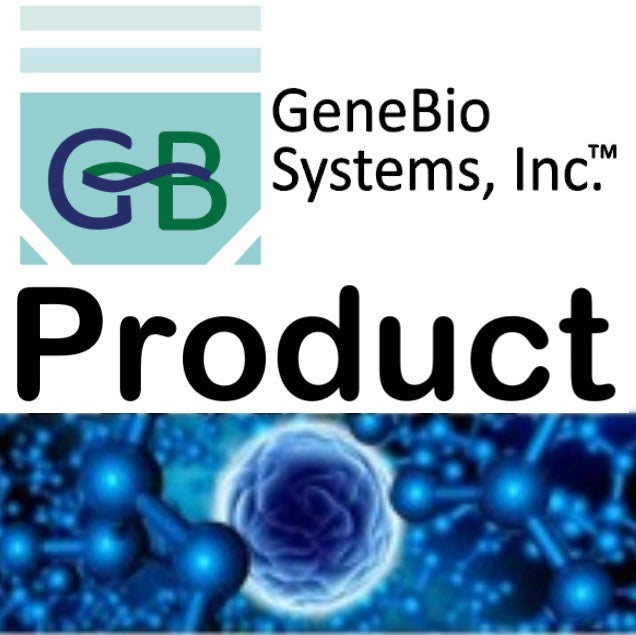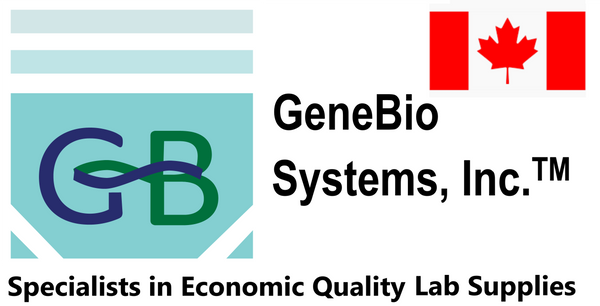Gene Bio Systems
Recombinant Human COP9 signalosome complex subunit 2(COPS2)
Recombinant Human COP9 signalosome complex subunit 2(COPS2)
SKU:CSB-YP753713HU
Couldn't load pickup availability
Size: 200ug. Other sizes are also available. Please Inquire.
In Stock: Yes
Lead time: 3-7 working days
Research Topic: Signal Transduction
Uniprot ID: P61201
Gene Names: COPS2
Organism: Homo sapiens (Human)
AA Sequence: MSDMEDDFMCDDEEDYDLEYSEDSNSEPNVDLENQYYNSKALKEDDPKAALSSFQKVLELEGEKGEWGFKALKQMIKINFKLTNFPEMMNRYKQLLTYIRSAVTRNYSEKSINSILDYISTSKQMDLLQEFYETTLEALKDAKNDRLWFKTNTKLGKLYLEREEYGKLQKILRQLHQSCQTDDGEDDLKKGTQLLEIYALEIQMYTAQKNNKKLKALYEQSLHIKSAIPHPLIMGVIRECGGKMHLREGEFEKAHTDFFEAFKNYDESGSPRRTTCLKYLVLANMLMKSGINPFDSQEAKPYKNDPEILAMTNLVSAYQNNDITEFEKILKTNHSNIMDDPFIREHIEELLRNIRTQVLIKLIKPYTRIHIPFISKELNIDVADVESLLVQCILDNTIHGRIDQVNQLLELDHQKRGGARYTALDKWTNQLNSLNQAVVSKLA
Expression Region: 1-443aa
Sequence Info: Full Length
Source: Yeast
Tag Info: N-terminal 6xHis-tagged
MW: 53.6 kDa
Alternative Name(s): Alien homolog JAB1-containing signalosome subunit 2 Thyroid receptor-interacting protein 15
Relevance: Essential component of the COP9 signalosome complex (CSN), a complex involved in various cellular and developmental processes. The CSN complex is an essential regulator of the ubiquitin (Ubl) conjugation pathway by mediating the deneddylation of the cullin subunits of SCF-type E3 ligase complexes, leading to decrease the Ubl ligase activity of SCF-type complexes such as SCF, CSA or DDB2. The complex is also involved in phosphorylation of p53/TP53, c-jun/JUN, IkappaBalpha/NFKBIA, ITPK1 and IRF8/ICSBP, possibly via its association with CK2 and PKD kinases. CSN-dependent phosphorylation of TP53 and JUN promotes and protects degradation by the Ubl system, respectively. Involved in early stage of neuronal differentiation via its interaction with NIF3L1.
Reference: "Two classes of proteins dependent on either the presence or absence of thyroid hormone for interaction with the thyroid hormone receptor." Lee J.W., Choi H.-S., Gyuris J., Brent R., Moore D.D. Mol. Endocrinol. 9:243-254(1995)
Purity: Greater than 85% as determined by SDS-PAGE.
Storage Buffer: Tris-based buffer,50% glycerol
Storage: The shelf life is related to many factors, storage state, buffer ingredients, storage temperature and the stability of the protein itself. Generally, the shelf life of liquid form is 6 months at -20℃/-80℃. The shelf life of lyophilized form is 12 months at -20℃/-80℃.
Notes: Repeated freezing and thawing is not recommended. Store working aliquots at 4℃ for up to one week.


